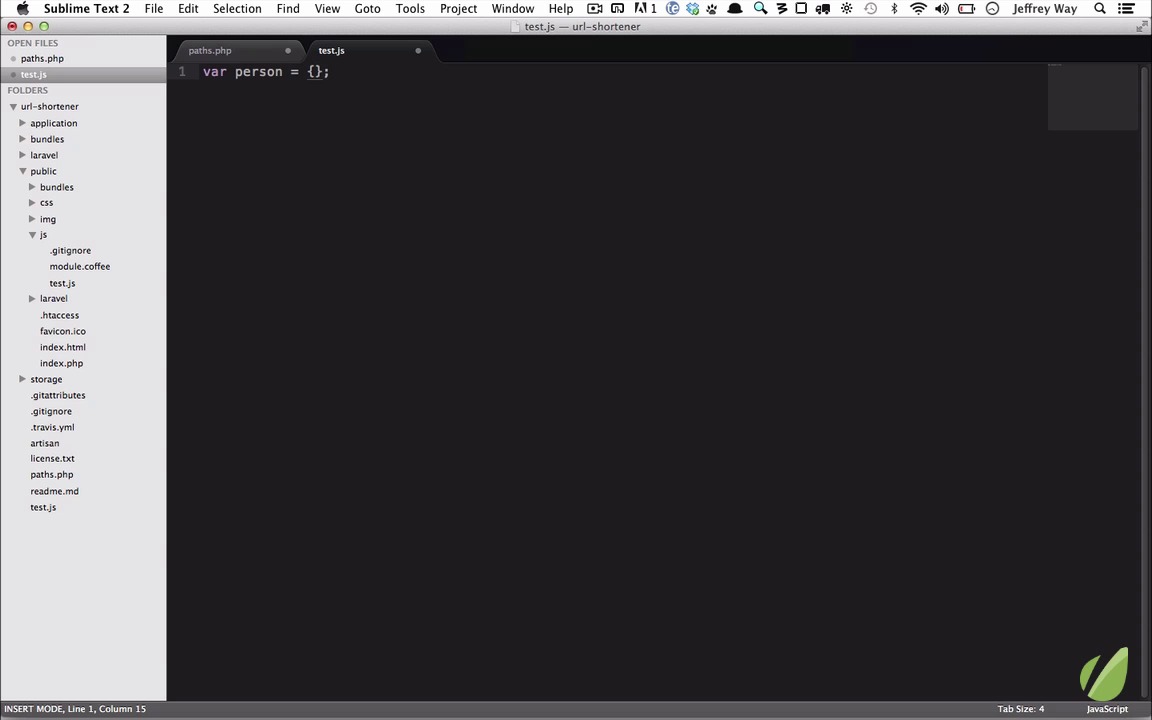

Go back to your file explorer and delete the color scheme's. Sublime Text - Vintage Commands Previous Page Next Page Vintage mode includes a variety of commands similar to the vi editor. If there is no caret key, you can add it. VintageEx extends the vi-like functionality provided py Vintage by adding a command-line mode that tries to remain close to Vim's.
SUBLIME TEXT VINTAGE CODE
Near the top of the file, you'll see something like the following (taken from the Neon Color Scheme): nameĪnd change its value to whatever hex color code you want. VintageEx doesn't replace Vintage: To use vi key bindings, you need to enable the Vintage package (shipped with Sublime Text and ignored by default). tmTheme file in Sublime, using XML as the syntax highlighting. Made to strictest of standards, our Sublime Extra Vintage 12 Year Aged Balsamic Vinegar is matured in barrels for a minimum of 12 years to achieve. Browse to the location of the color scheme and open the corresponding. to open the Packages folder in your file system explorer. The Sublime Text Unofficial Documentation is an excellent supplementary resource, with a huge amount of information not covered in the official documentation. Next, select Preferences -> Browse Packages. If you haven't set it there, the default value is Packages/Color Scheme - Default/Monokai.tmTheme. Vintage mode is severely limited, but I am happy it exists. First, open your user preferences and check the value of "color_scheme" to get the path to the scheme you're using. I use Vim more often than sublime text, in big part because I was able to practice the basics of Vim in a familiar environment, so it only ever slowed me down when I allowed it to. If you remove Vintage from the list of ignored packages, youll be able to edit with vi keys. Since you have Sublime Text 2, changing the color scheme is quite straightforward. Vintage is disabled by default, via the ignoredpackages setting. The caret color is defined in the color scheme you are using.


 0 kommentar(er)
0 kommentar(er)
